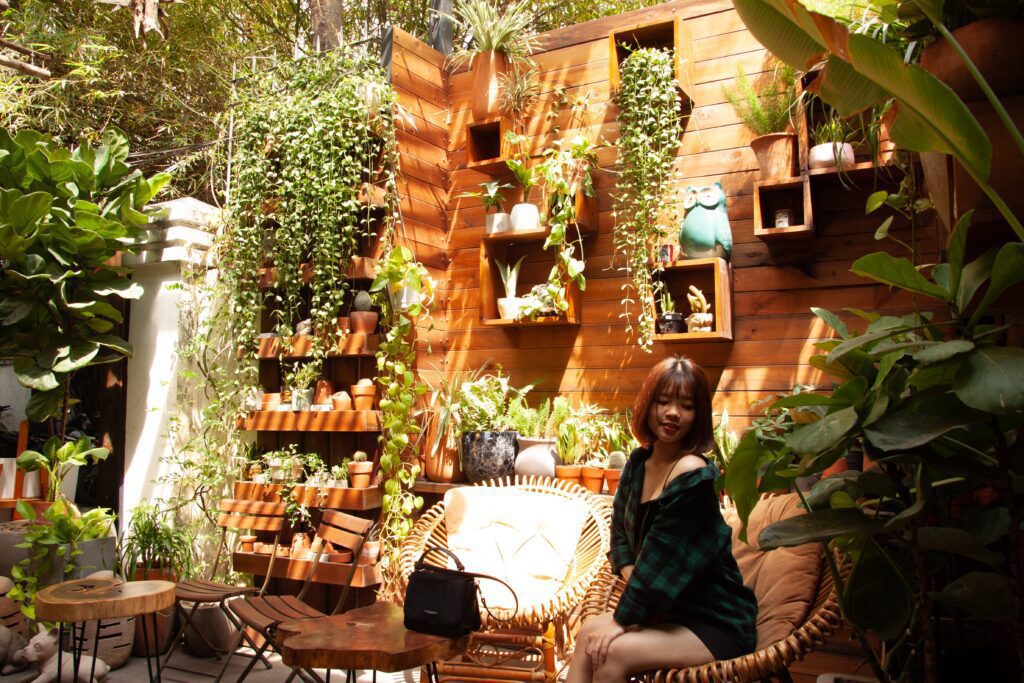
Fashion in Bloom Adapting Style to Environmental Shifts
“Fashion in Bloom Adapting Style to Environmental Shifts”As the world grapples with the undeniable effects of climate change, the fashion industry is undergoing a transformation towards sustainability and environmental consciousness. “Fashion in Bloom” is not just a phrase; it is a call to action for individuals to adapt their style choices to the shifting environmental landscape. This article explores the intersection of fashion and environmental awareness, emphasizing the importance of embracing sustainable practices and adapting our wardrobes to the challenges posed by climate change.
The Environmental Impact of Fashion:
1.Fast Fashion’s Toll:
The fashion industry has long been associated with environmental degradation, particularly due to the rise of fast fashion. From excessive water consumption to chemical pollution and enormous waste, traditional fashion practices have taken a toll on our planet. However, a growing awareness of these issues is inspiring a shift toward more sustainable and eco-friendly alternatives.
2.The Need for Change:
As environmental shifts become more pronounced, there is a pressing need for a collective reevaluation of our fashion choices. Adapting our style to be more environmentally conscious isn’t just a trend; it’s a crucial step towards mitigating the impact of climate change.
Embracing Sustainable Fashion:
3.Ethical Wardrobe Choices:
Sustainable fashion involves making mindful choices about the clothes we wear. This includes opting for garments made from eco-friendly materials, such as organic cotton, hemp, or recycled fabrics. Choosing quality over quantity and supporting brands with ethical and transparent practices contribute to the longevity of both our wardrobes and the environment.
4.Circular Fashion Practices:
The concept of circular fashion promotes a closed-loop system where clothes are designed with longevity in mind and can be easily recycled or upcycled at the end of their life cycle. Embracing circular fashion practices reduces waste and minimizes the environmental footprint of our clothing choices.
Adapting Style to Climate Resilience:
5.Seasonless Wardrobes:
Climate change has brought about unpredictable weather patterns, challenging traditional fashion seasons. Adapting our style to be seasonless involves selecting versatile pieces that can be layered or adjusted to suit varying temperatures, ensuring that our wardrobes remain functional and stylish year-round.
6.Climate-Adaptive Fabrics:
In the face of extreme weather events, the demand for climate-adaptive fabrics is on the rise. Innovations such as moisture-wicking materials, UV-protective textiles, and temperature-regulating fabrics are becoming essential components of a climate-resilient wardrobe.
The Power of Conscious Consumerism:
7.Mindful Shopping Habits:
Shifting to a more sustainable fashion model requires a change in consumer behavior. By adopting mindful shopping habits, such as buying fewer but higher-quality pieces, supporting eco-conscious brands, and upcycling or donating clothing, individuals can contribute to a more sustainable and climate-resilient fashion industry.
8.Fashion as an Agent of Change:
Fashion has the power to influence cultural attitudes and behaviors. By choosing environmentally friendly options and advocating for sustainable practices, individuals can actively participate in the movement towards a more sustainable and climate-conscious future.
“Fashion in Bloom Adapting Style to Environmental Shifts”(Fashion in Bloom) signifies not just a visual transformation but a commitment to embracing sustainable practices in the face of environmental shifts. As we adapt our style to the changing climate, we have the opportunity to be mindful stewards of the planet. By making informed choices about the clothes we wear, supporting sustainable fashion initiatives, and advocating for change within the industry, we can collectively contribute to a blossoming future where style and sustainability coexist harmoniously.